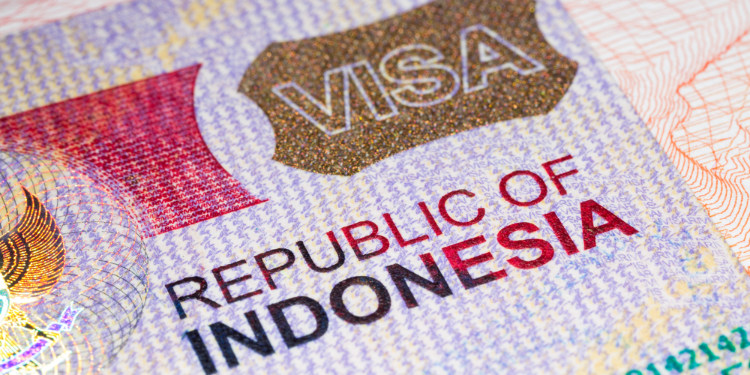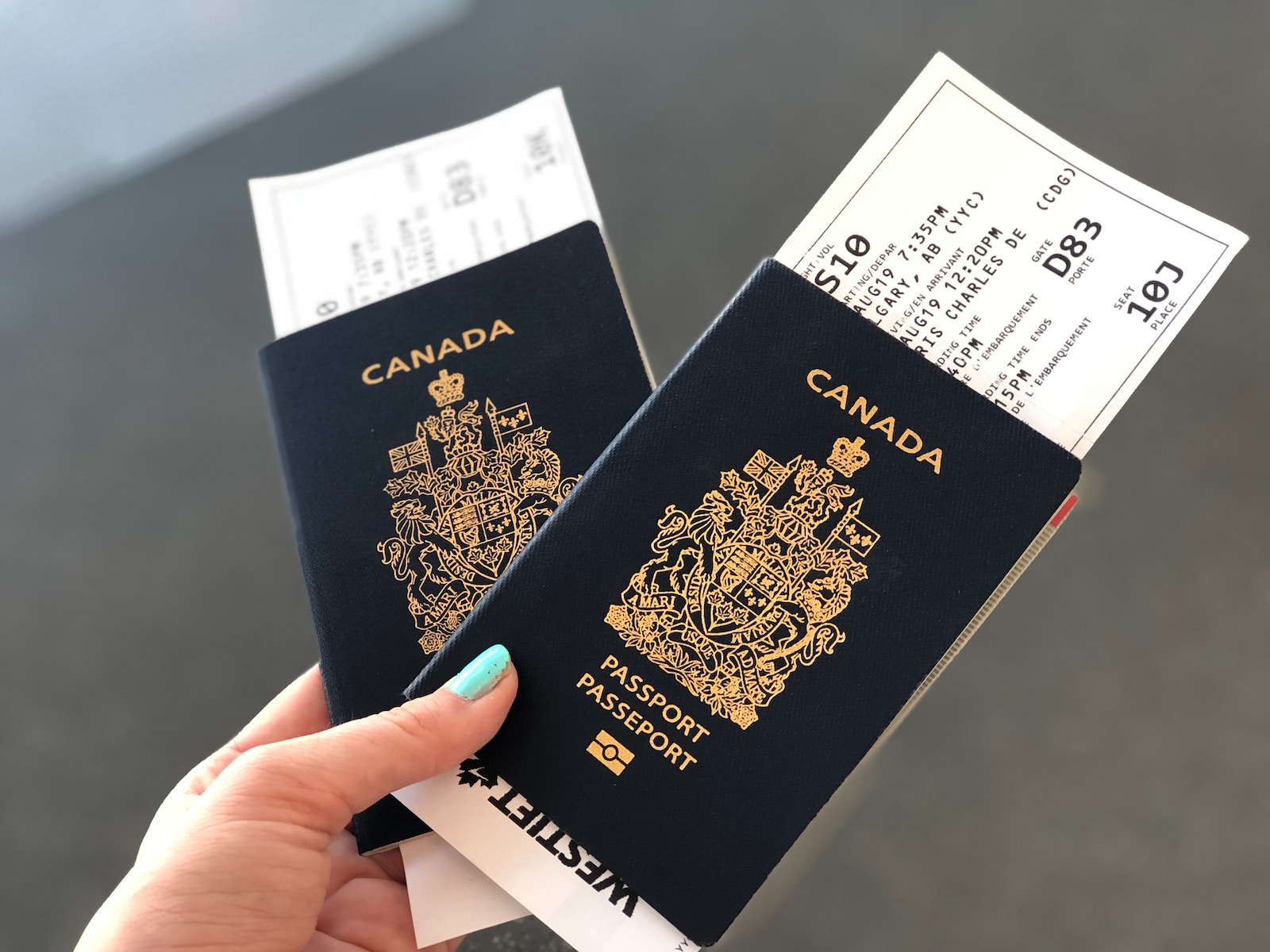An F1 visa allows international students to study full time at a Student and Exchange Visitor Program (SEVP) approved university in the United States. F1 visa costs are around $510 per application, and you should apply at least three months before your course start date.
Part-time work is very restricted on an F1 visa. You may be able to work on-campus at your chosen university, however hours are limited and jobs are in high demand.
USA student visa process step by step
-
Be accepted onto an educational program: Your chosen institution’s international student office will send you an I-20 form. This form needs to be kept safe, as you’ll need it for your visa interview.
-
Register for SEVIS and pay the fee ($350): This means the Student and Exchange Visitor Information System need to have your fee before the DS-160 is completed.
-
Complete and pay for an online non-immigrant visa application (DS-160 – $160): You’ll also need to upload a photo of yourself that meets specific requirements, and provide any other requested documents.
-
Schedule an appointment for a visa interview: This needs to be done at the U.S Embassy or Consulate in the country where you live. At this interview you will be questioned on things such as previous test scores and your finances.
-
Receive a decision: At your interview you should receive a decision on your application.
US visas for dependents (F2)
If you have any family or children that will need to accompany you during your study time in the US, they will have to apply and be approved for an F2 visa.
Contact your chosen university before they issue your I-20, and inform them of any children under 21 or a spouse that will be joining you in the US. You will then be sent their I-20 forms along with your own I-20.
Your university may need proof that you can support yourself as well as any dependents before sending you the paperwork.
US student visa requirements
Before you apply you’ll need to gather the necessary documents. Some of these are specific immigration forms, and others may be copies of financial documents such as bank statements.
Here’s a list of all the documents you may need for your F1 application:
-
Certificate of Eligibility for non-immigrant student (I-20)
-
Receipt from your SEVIS fee
-
Receipt from the online visa form (DS-160) for a non-immigrant student
-
Passport with a validity date at least six months beyond your intended period of stay in the United States
-
Any old passports you may have
-
Documents that prove your financial situation or any financial support you will have during your studies
-
Two recent color photos of yourself, one physical, one digital. These must also meet US immigration’s image requirements
-
Transcripts, test scores, qualifications, or certificates from schools you have attended
The documents will also need to be taken to your visa interview.
What to expect at your F1 visa interview
The F1 visa interview is in English, and happens in front of a visa officer at a US embassy or consulate. The interview is usually straightforward and quick, and may only last around five minutes. The F1 visa interview questions you are asked during the interview vary but often concern your chosen program, academic achievements, finances, post-graduation plans, and choice of university.
It is important that you can show you have no plans to remain in the US when your program finishes. It is often necessary that you always have the funds available to buy a plane ticket home for the end of your program.
US student visa processing time
The time it takes to get your F1 visa can vary from just a week to a couple of months, depending on the complexity of your case.
In most cases, your application will only take a few days to process, and then you’ll need to allow another two or three days for the delivery of your updated passport.
However, you should apply at least three months before your departure date to make sure you get your visa in time.
What to do if you are declined for an F1 visa
If you are declined for an F1 visa you are usually able to apply again, but you will need to start the process from the beginning. You won’t need to pay the SEVIS fee again, but any application fees will need to be paid a second time.
You’ll be told the reason that you were denied, and if you can amend any issues, you may have a better chance next time around. Common issues for a rejected application include:
-
Lack of financial proof to support yourself while in the US
-
Missing or incorrect documents
-
Lack of proof that you intend to return to your home country after graduating
-
Failed background check
-
Failure to explain your answers during your interview
You can re-apply three times in a year, but if you are struggling to get your application accepted then you should speak to consular officers about your situation before applying again.











